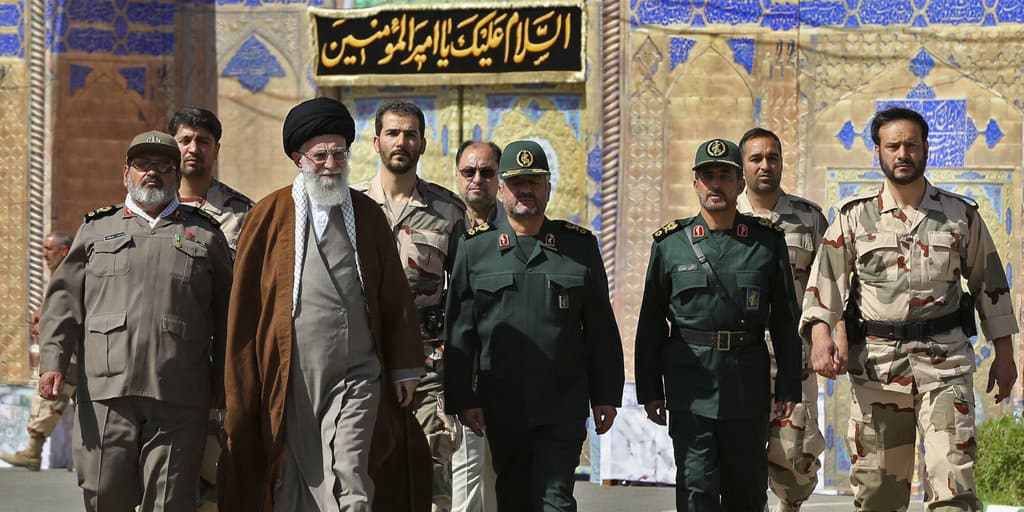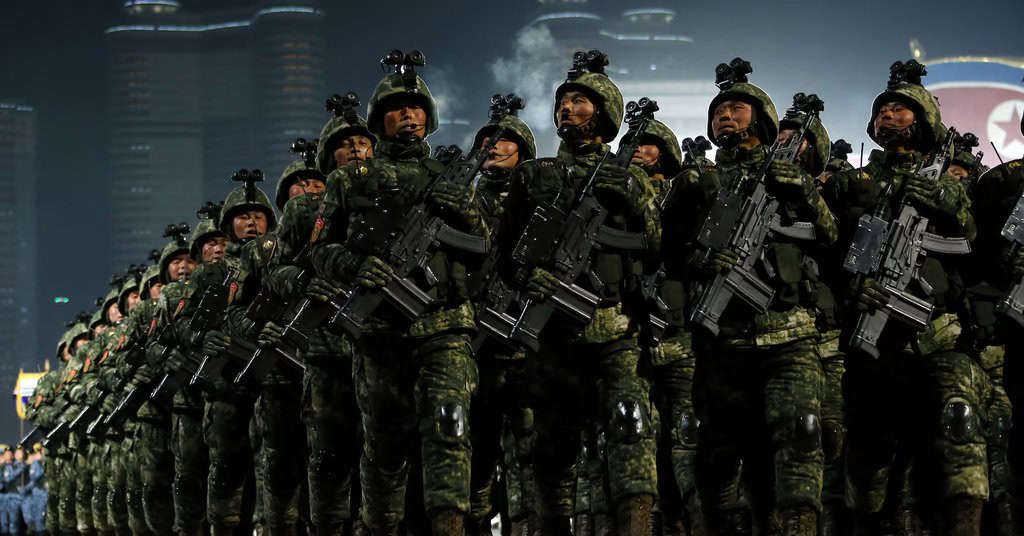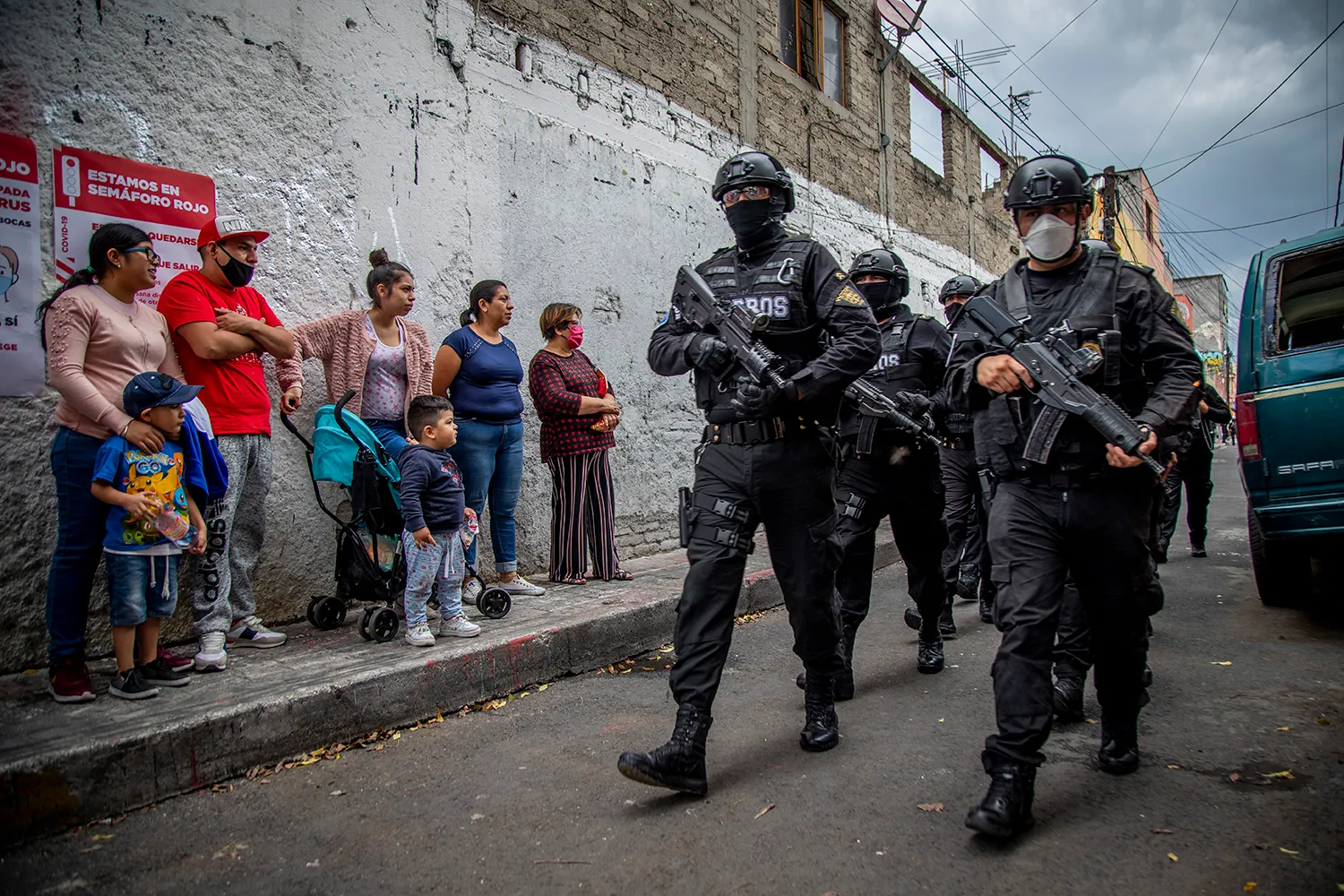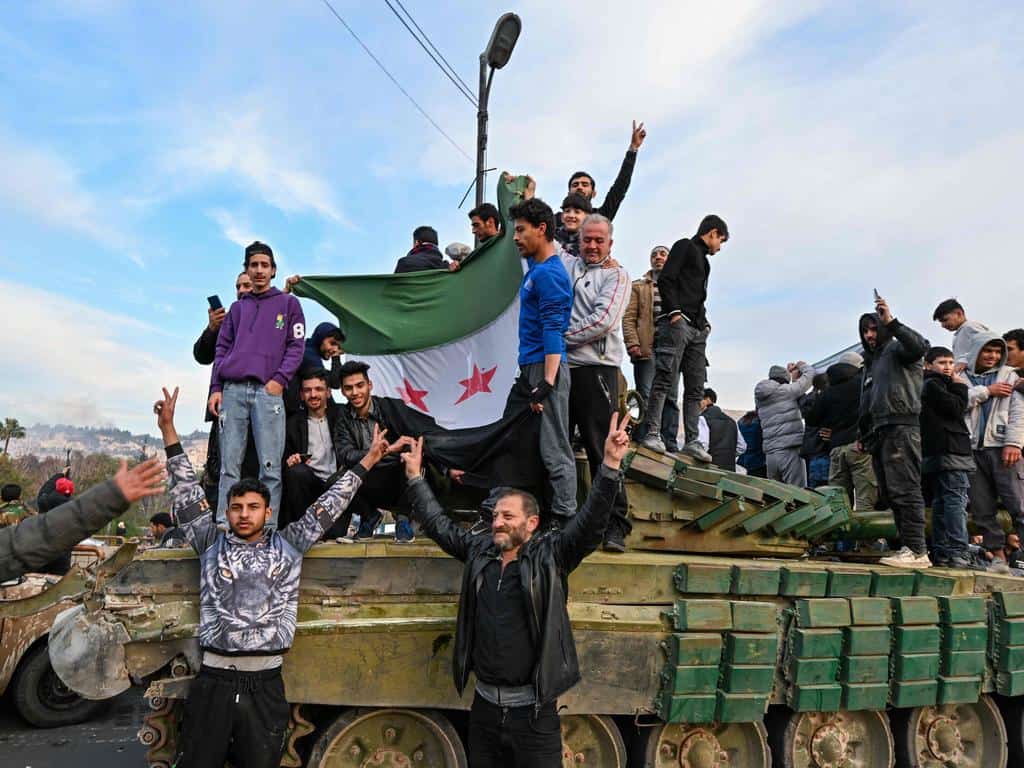Iran’s “Axis of Resistance” has played a key role in the country’s strategy to expand its influence across the Middle East. From its rise in the late 20th century to its recent decline, the network of militant groups and allies, both state and non-state, has been central to Iran’s foreign policy. However, the last few years have seen major setbacks for the network, which has gradually unraveled amid shifting alliances and mounting defeats.
The Early Days of Iran’s Regional Influence
The foundations of the Axis of Resistance were laid in 1979 with the Iranian Revolution, which saw the overthrow of the Pahlavi monarchy and the establishment of the Islamic Republic under Ayatollah Khomeini. Inspired by Iran’s new revolutionary regime, various Shiite groups in the region began to look to Tehran for guidance and support. The most prominent of these was Hezbollah, founded in Lebanon in 1982. Supported by Iranian clerics, the group became a key proxy for Iran, advocating for a Shiite-led Islamic order across the Middle East (a goal taken straight from its 1985 manifesto).
In the late 1980s, Iran’s network expanded with the founding of Hamas in 1987. Formed in the Gaza Strip by Palestinian Sunni cleric Ahmad Yassin, Hamas initially responded to the first Palestinian uprising but gradually grew closer to Iran despite differences in sectarian identity.
Growth and Conflict in the Region
By the early 1990s, Iran’s influence spread further into Yemen, where the Houthi movement began as a theological movement and later turned into a militia. Meanwhile, following the 2003 invasion of Iraq, Iran-backed militias gained a foothold in the power vacuum left by the fall of Saddam Hussein. This marked a period of growing Iranian influence across the region.
Hamas’s rise to power in Gaza in 2007 further cemented Iran’s position in Palestinian territories. But the real turning point came in 2011, when Syria’s President Bashar al-Assad, struggling to contain a growing civil war, increasingly relied on Iran for support. As the conflict escalated, Assad’s regime became more deeply entangled with Iran, solidifying Syria’s role as a central pillar in the Axis of Resistance.
The Turning Point: Losses and Setbacks
Despite these early successes, the Axis of Resistance began to face significant challenges in the last decade. In October 2023, Hamas suffered a catastrophic defeat following its attack on Israel. The group, already under heavy pressure from Israeli military retaliation, saw its leadership decimated and its military capabilities severely crippled. The blow was a major setback for the movement, signaling a sharp decline in its role as an Iranian proxy.
Then, in 2024, Hezbollah, once a dominant force in Lebanon and a symbol of Iran’s power in the region, was dealt a crushing blow in its confrontation with Israel. A prolonged war devastated Hezbollah’s leadership and crippled its military strength. This weakened the group’s ability to operate effectively as Iran’s main ally in the Levant.
The final blow came in December 2024, when Bashar al-Assad was overthrown by the Free Syrian Army after 24 years in power. Assad’s fall marked the end of Iran’s stronghold in Syria, further diminishing the unity of the Axis of Resistance.
A Diminished Coalition
By the end of 2024, only two key groups in the Axis of Resistance remained intact: the Houthis in Yemen and the Iran-backed militias in Iraq. While both maintain some level of control in their respective regions, they are much weaker than in previous years, struggling to maintain the power and influence they once had.
The “Axis of Resistance,” once a powerful network of militias and state actors aligned with Iran, has been severely weakened over the past several years. While the Houthis and Iraqi militias continue to exert some influence, the network as a whole has been fractured, marking a significant shift in Iran’s regional ambitions.




